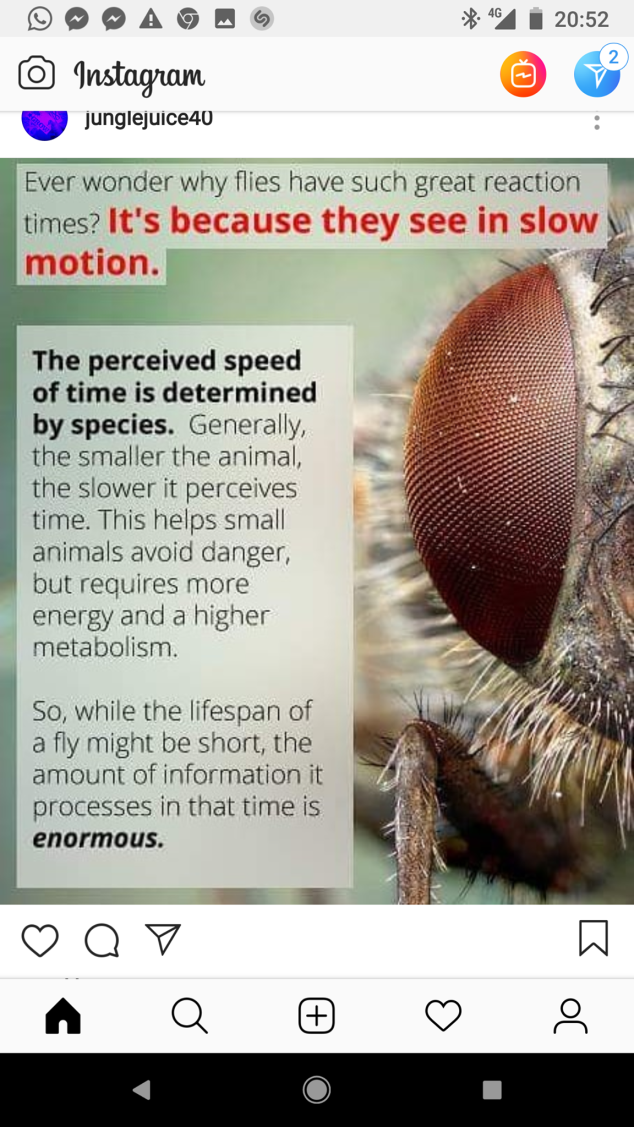Hexagons = basic shape nature of reality. Planck scale to universe = hexagon.
Carbon based lifeforms. Snowflakes.
I need a virtual room whose matrix is made of hexagons.

Then I thought of FLIES. They have the coolest eyes ever, a fucking beehive Nature-Grown pattern on them and a curvature that allows for, I bet, the greatest angle of vision.
Now what would happen if we designed cameras, lenses, screens, pixels, matrixes like this ? A VR set that incorporated this hexagonal thing, a screen whose pixels or material cristals were spread out in the same way as the fly’s ? Softening on the edges, sharpening in the middle. What if in a VR, it could know where we look at and instantly soft/sharpen the pixel’s blur to create the illusion of reality ? What if through this design, we could process more information more easily, what if it was more natural to the brain ? I think it is.
Then, I talked to a friend who’s into VR, and he just happened to take this screenshot an hour before I sent him the fly gif : 
Fly = Short lifespan, enormous amount of information. Because of its size.
What if we reduce our consciousness, our bubble, to a planck scale. We become eternal and are overridden with infinite amount of information ? What if the perception of time of everyone depends on the « diameter » of one’s perception ? Can we measure the perception of someone, his consciousness or else ? May we finally arrive at getting some device that make an artistic rendering of what you look like inside and who you are or smth ?
Can we downsize stuff ?
Is it possible to create a chamber with big sound machines – up into a portable machine that just downsize or upsizes anything ? So I can put all my memories in little boxes ?
syncretic transdisciplinarism
